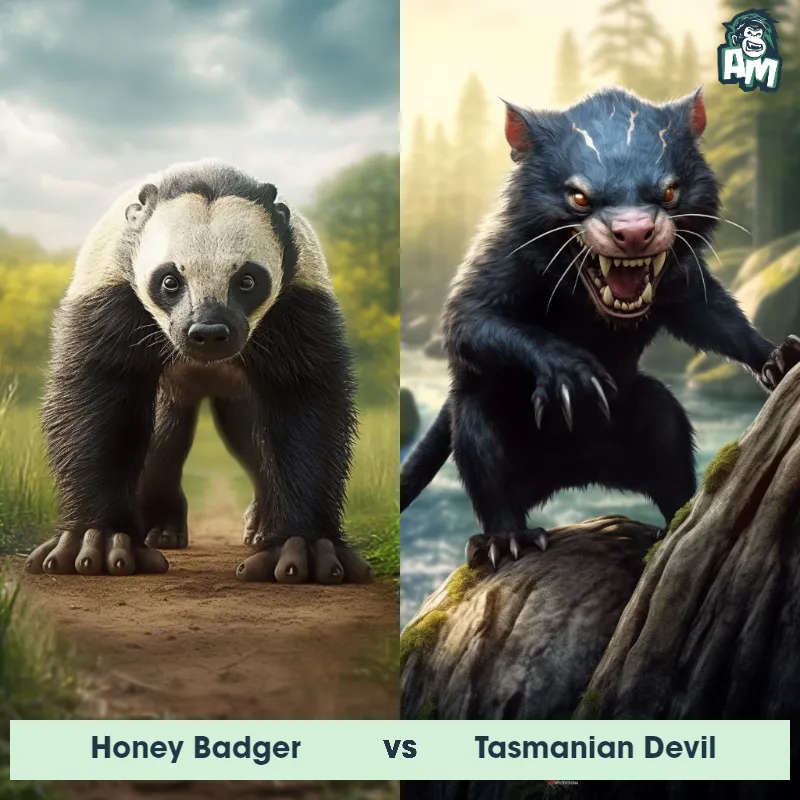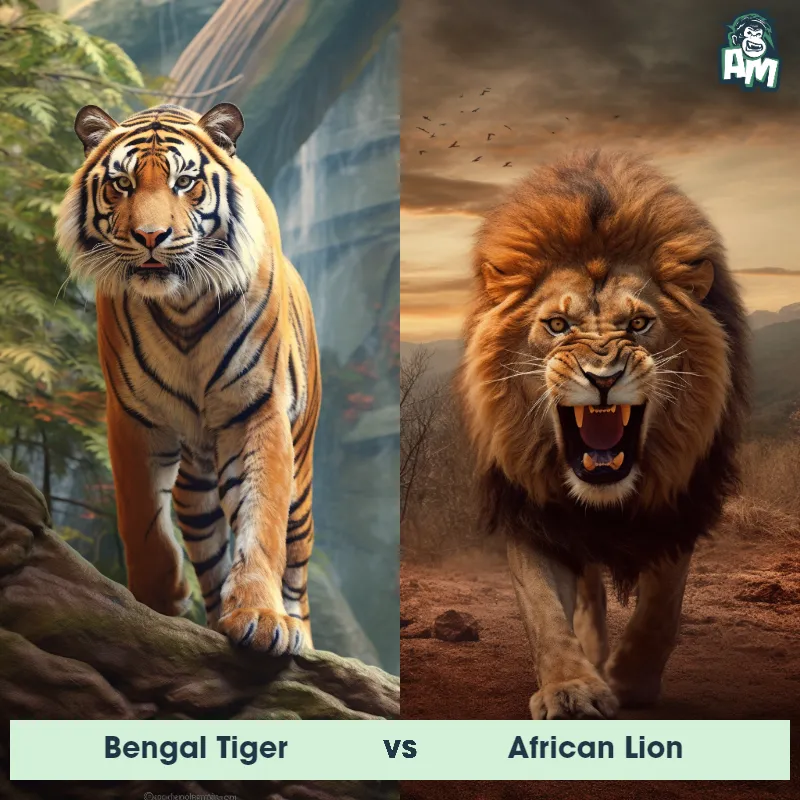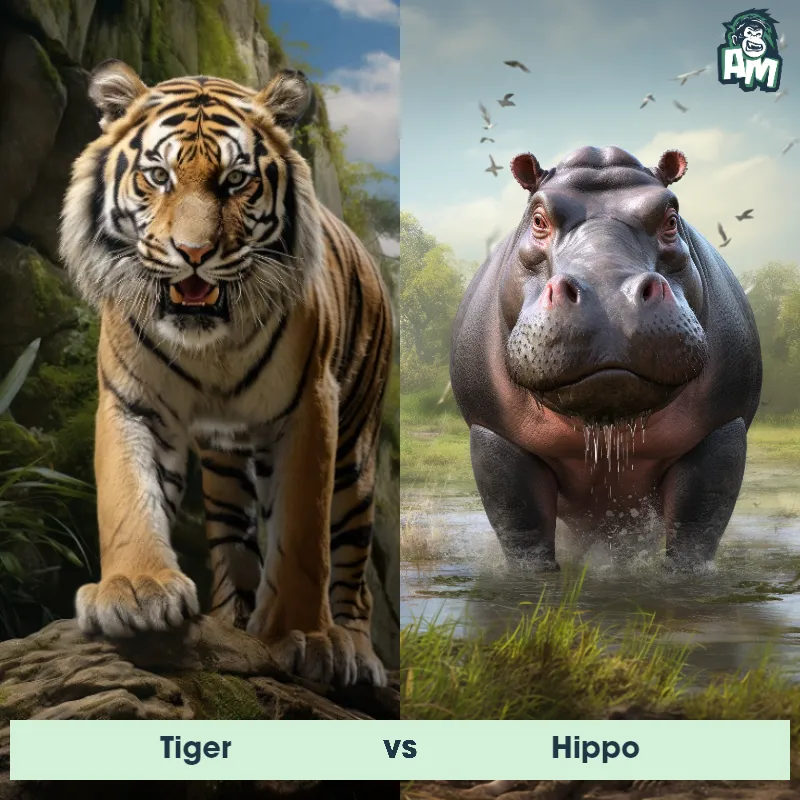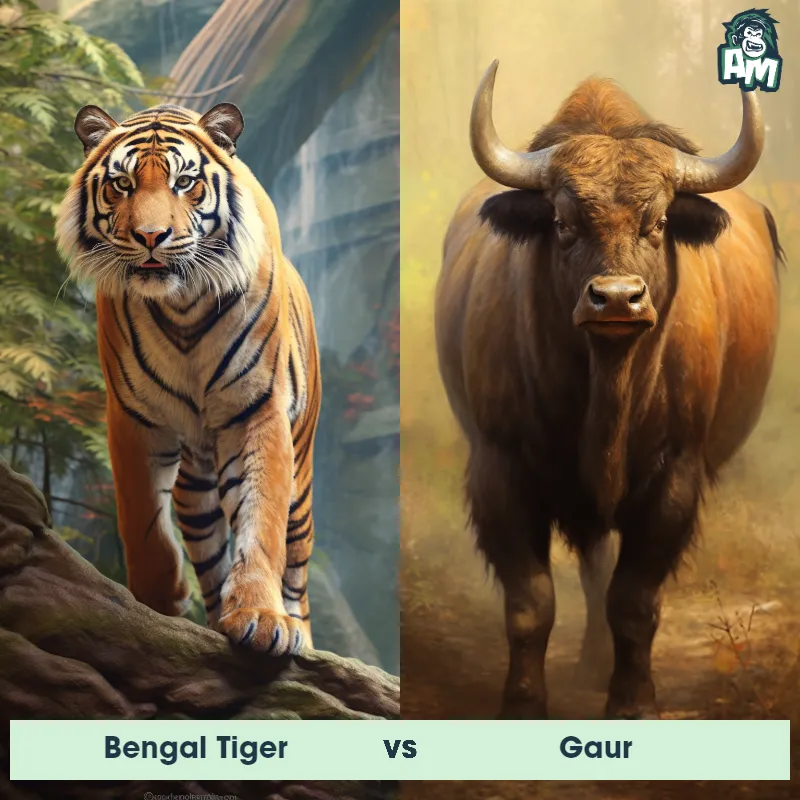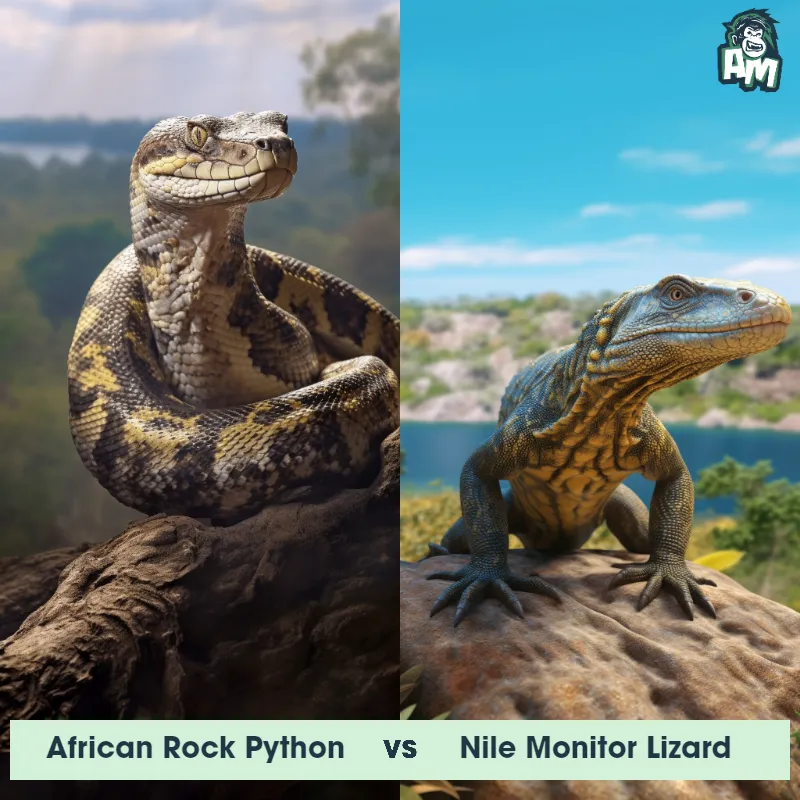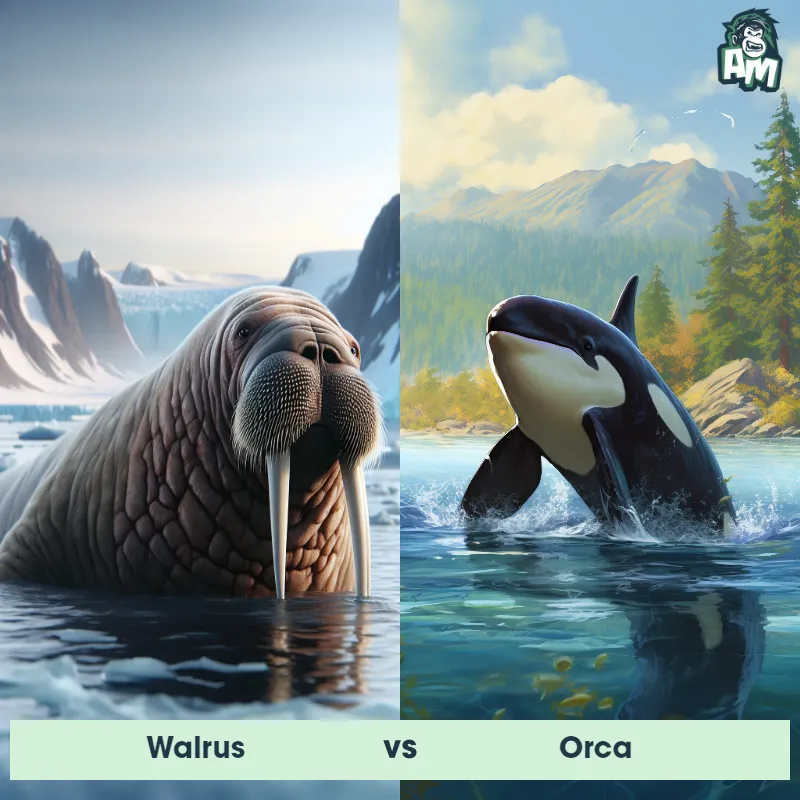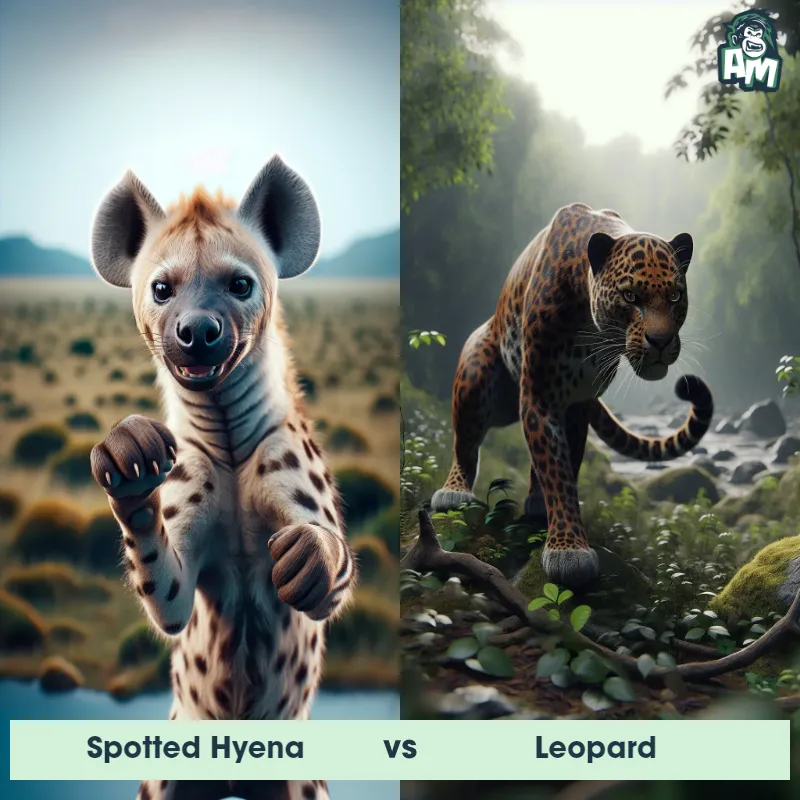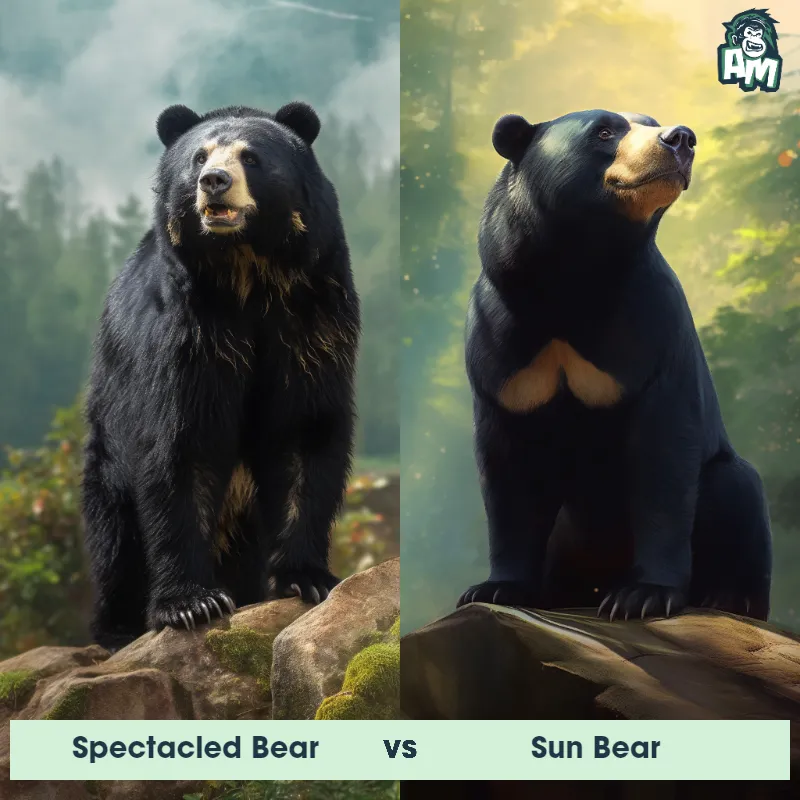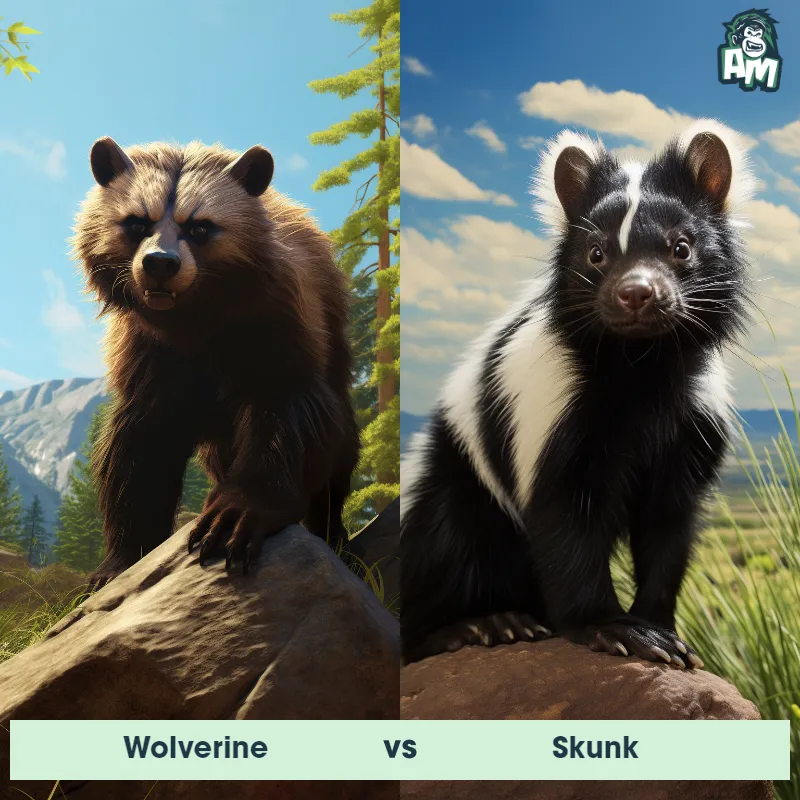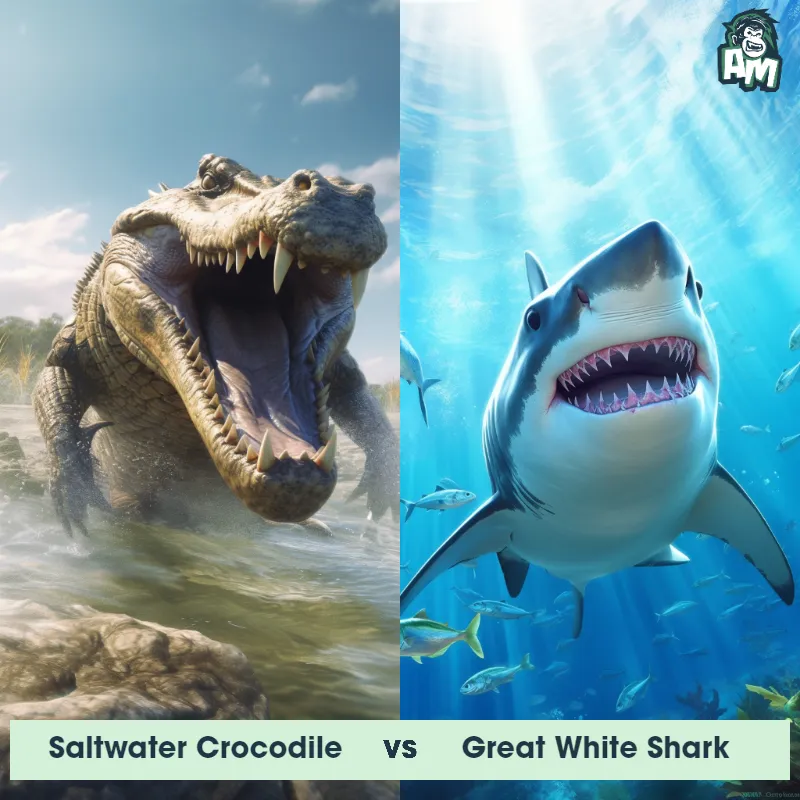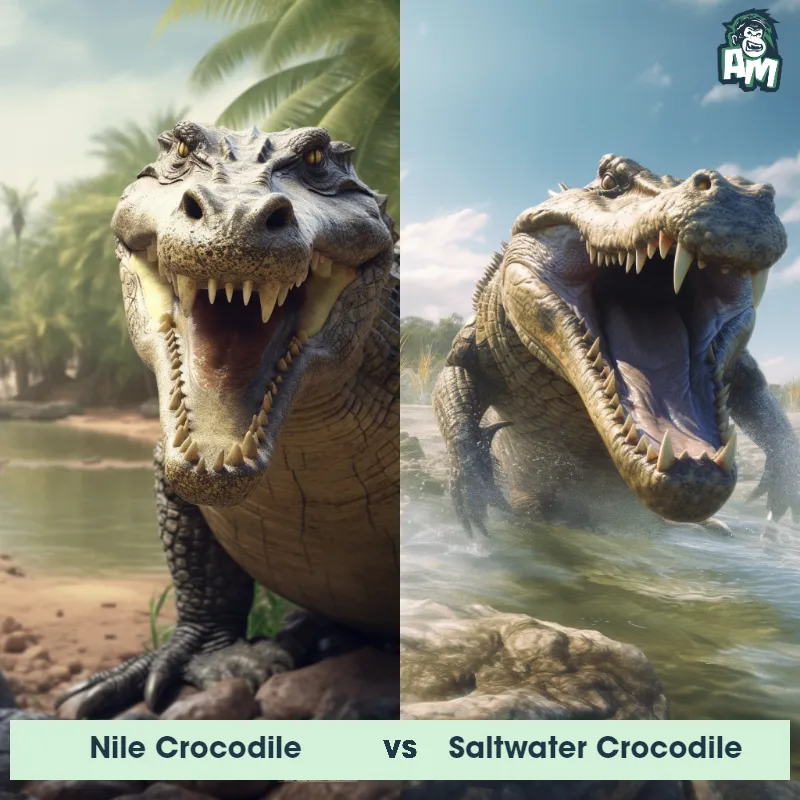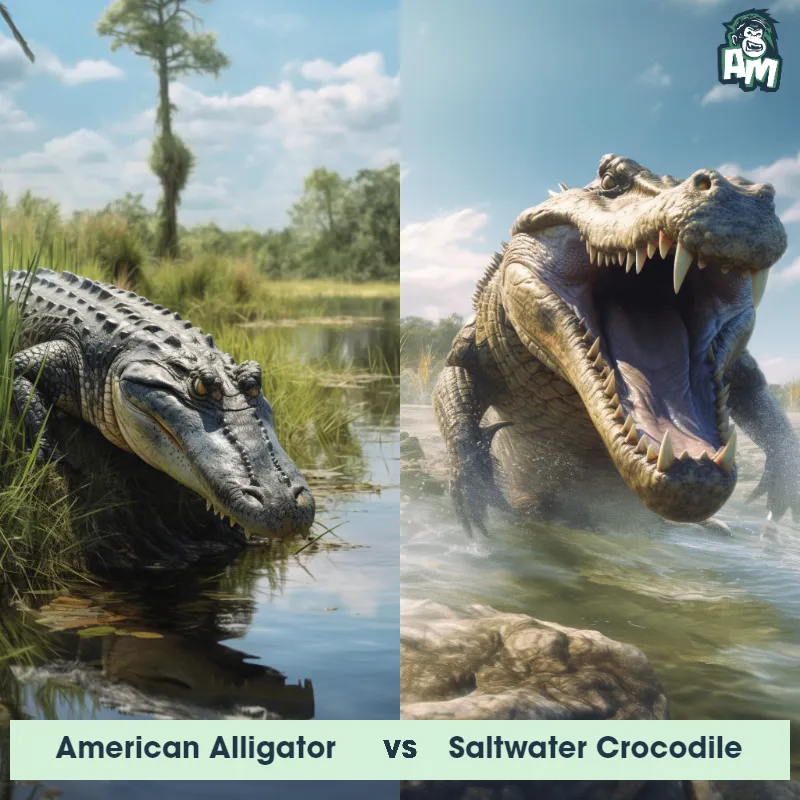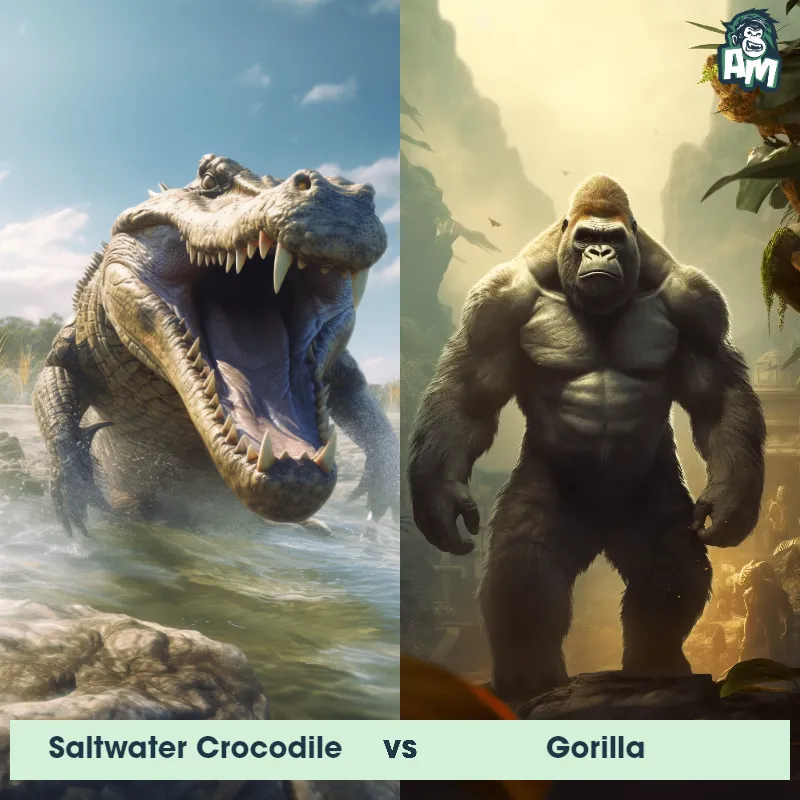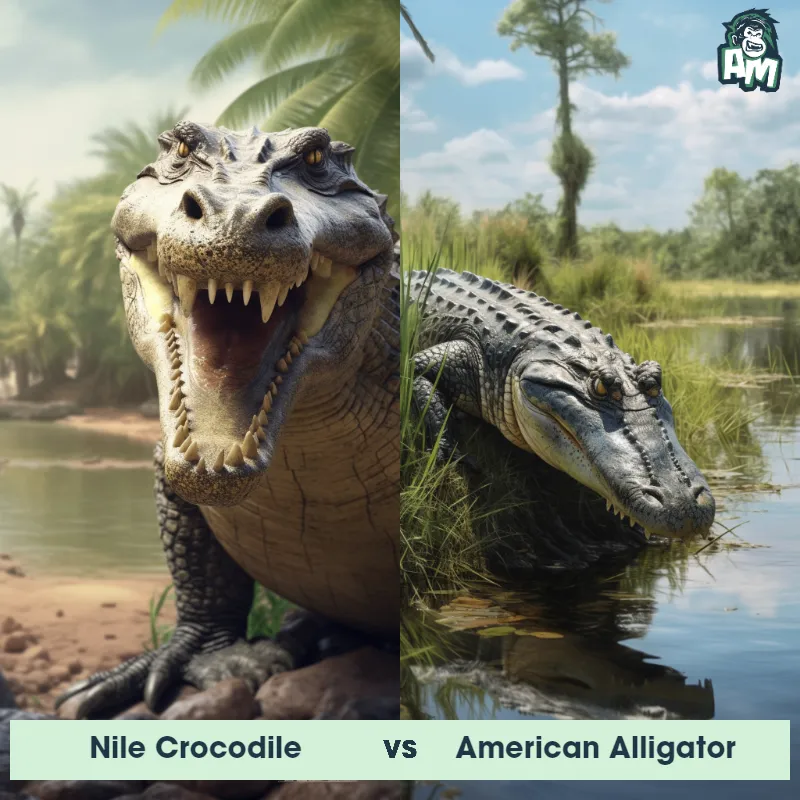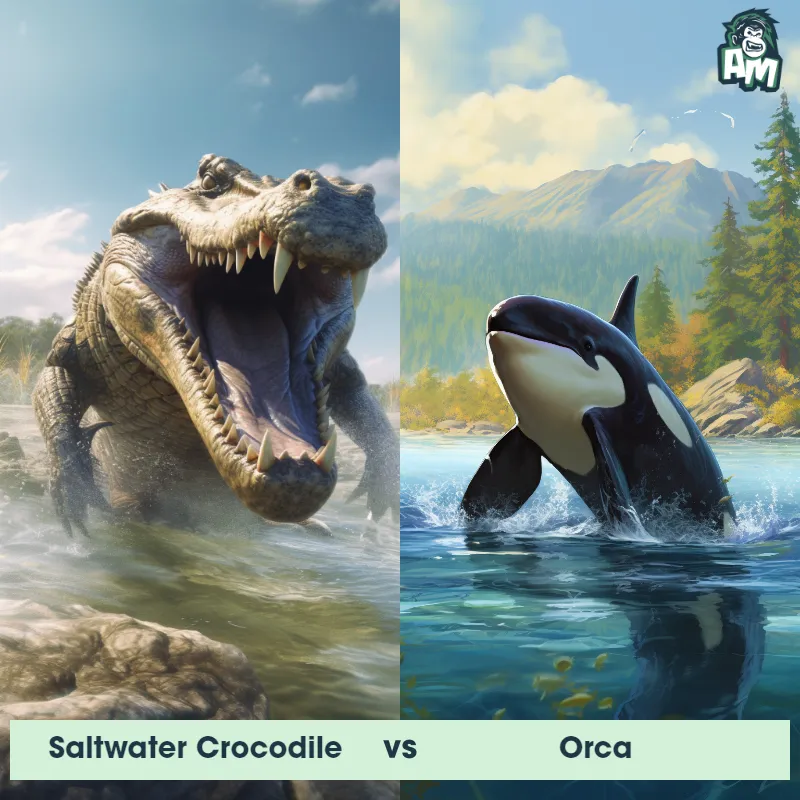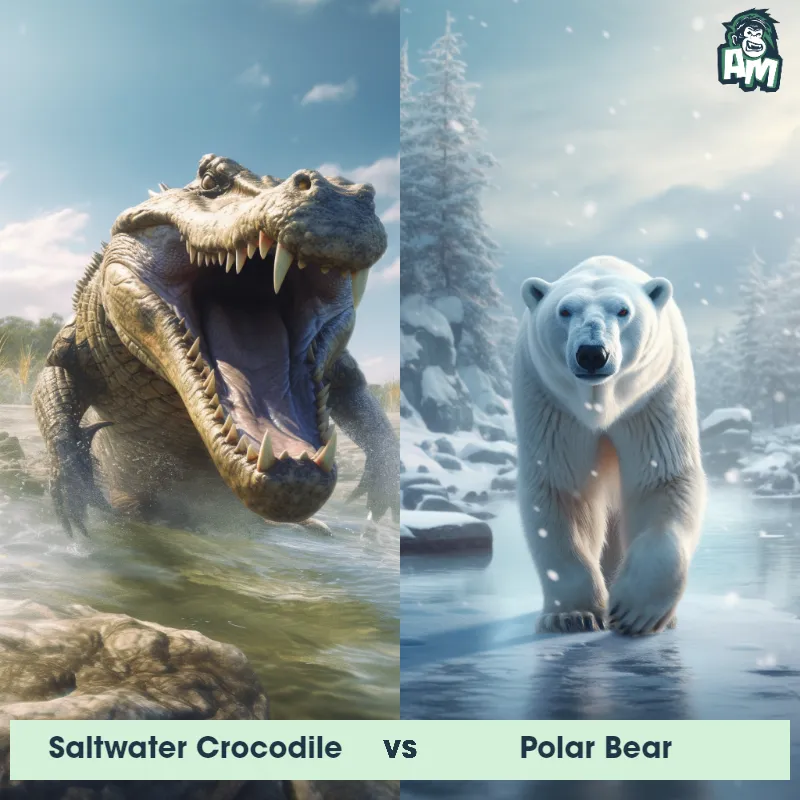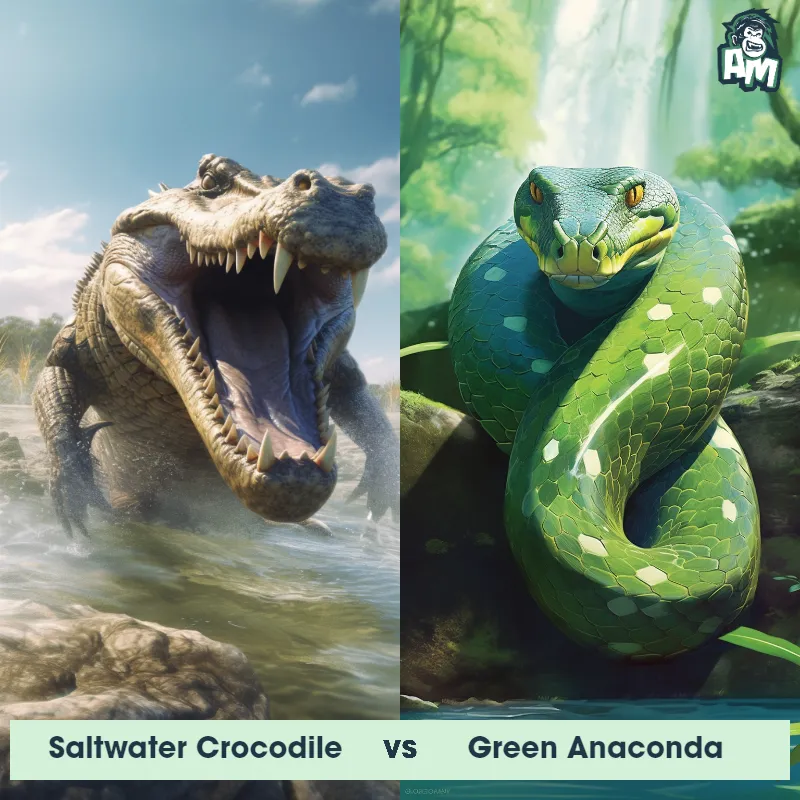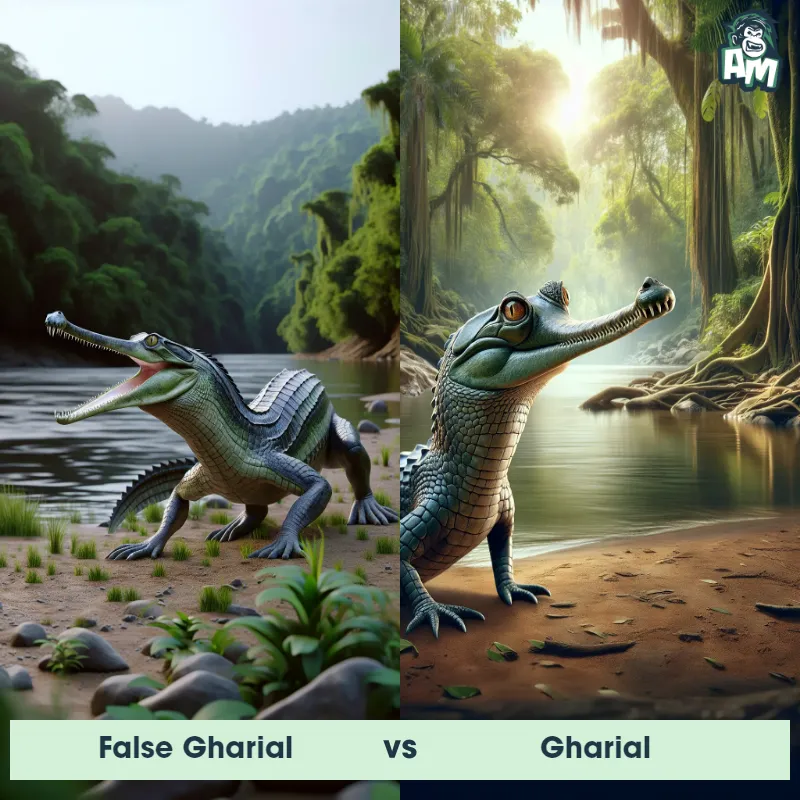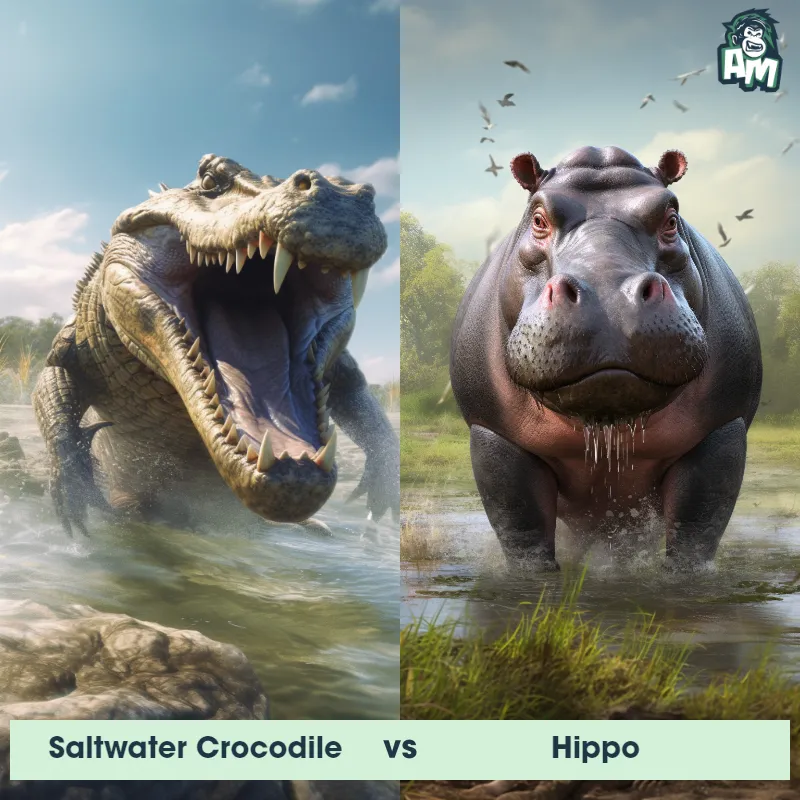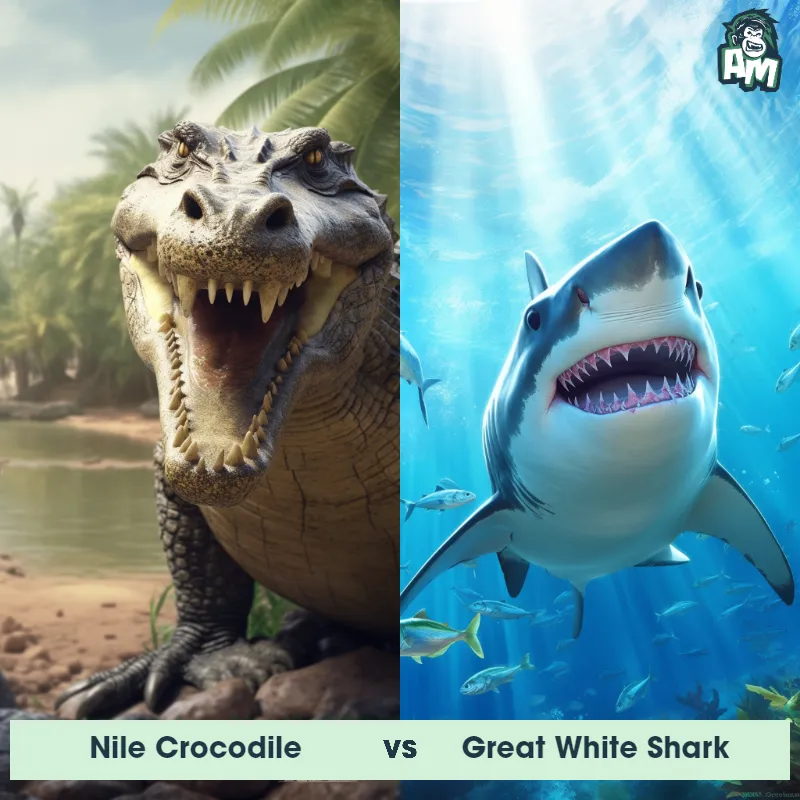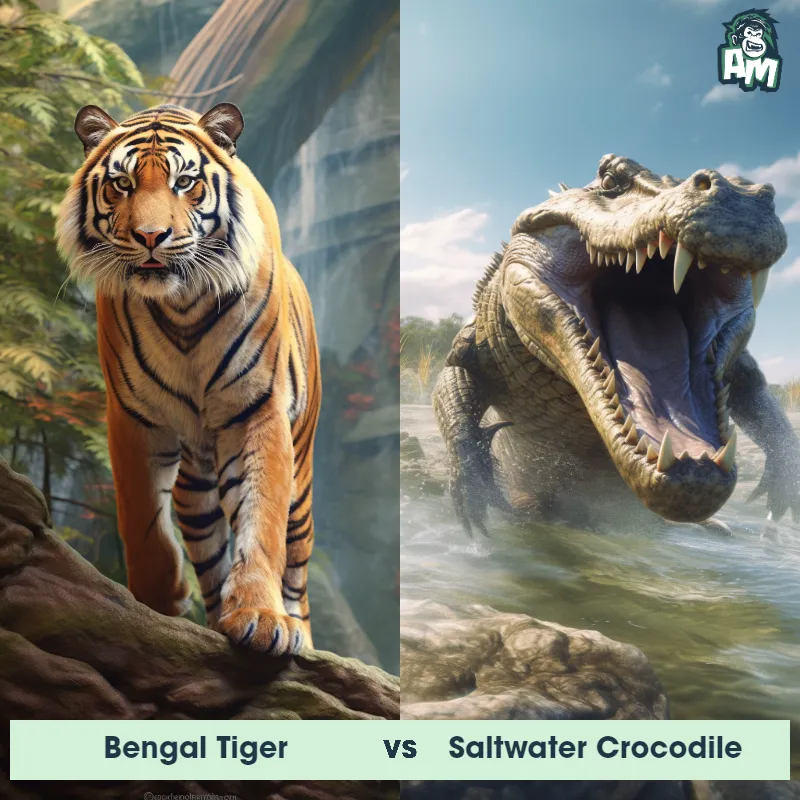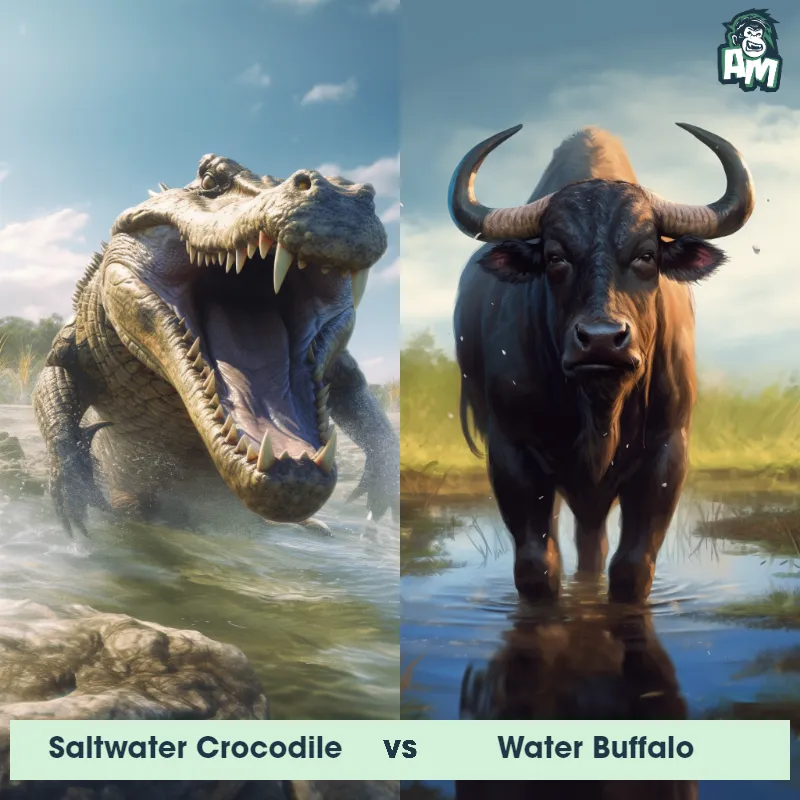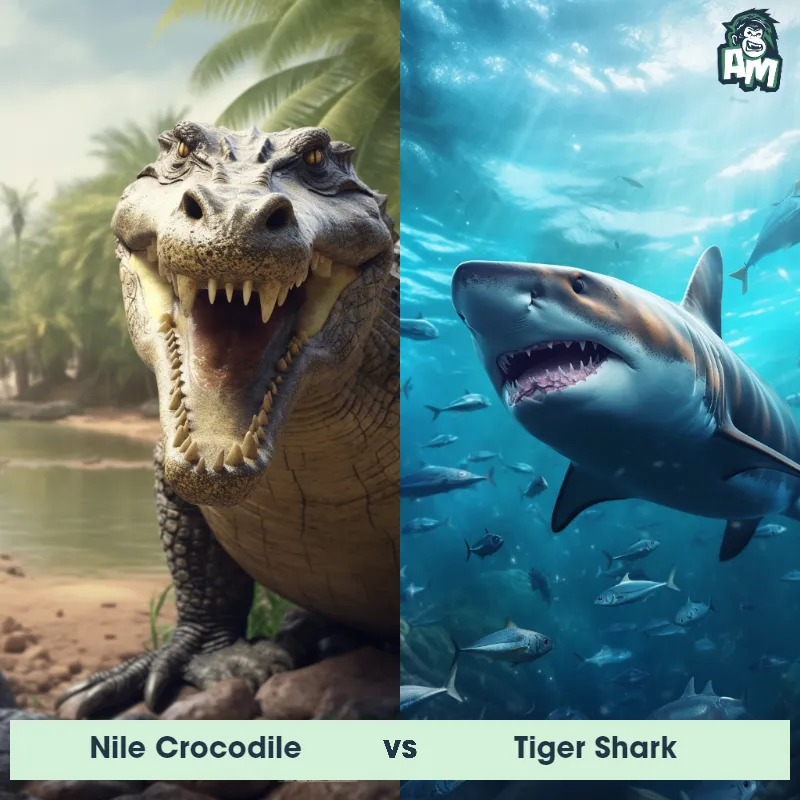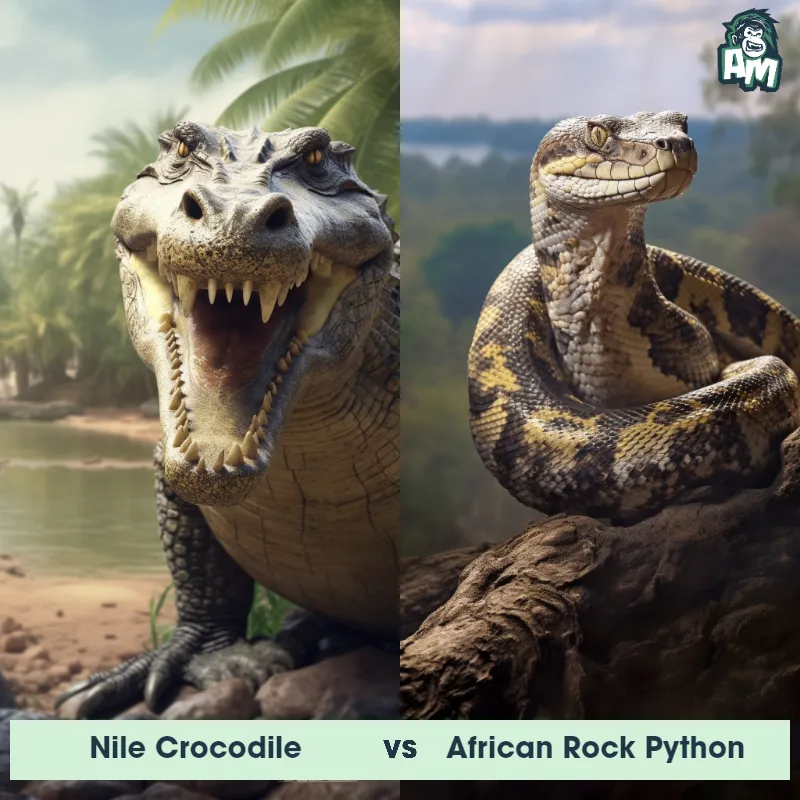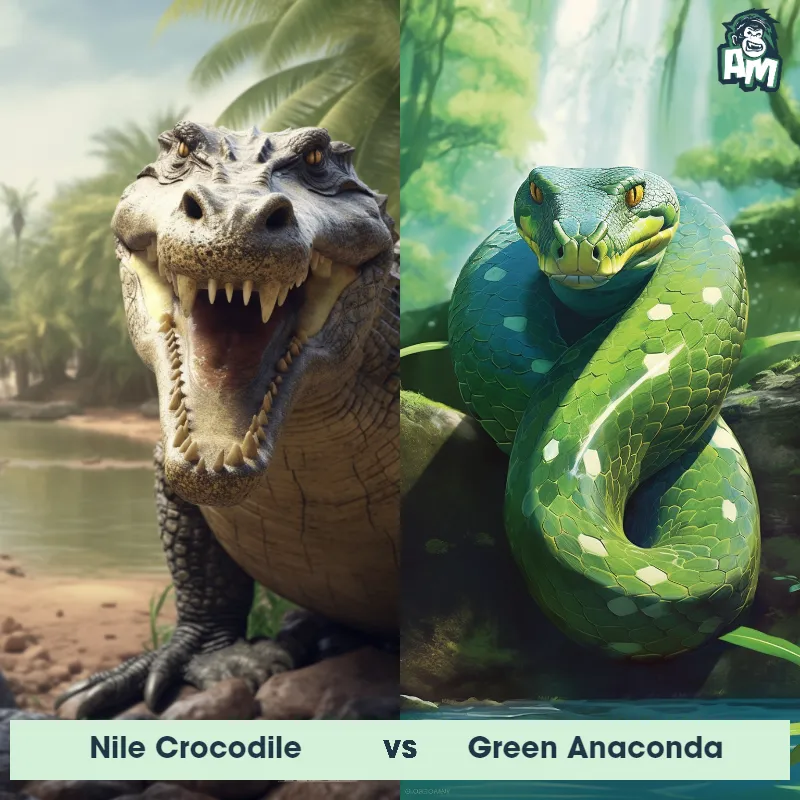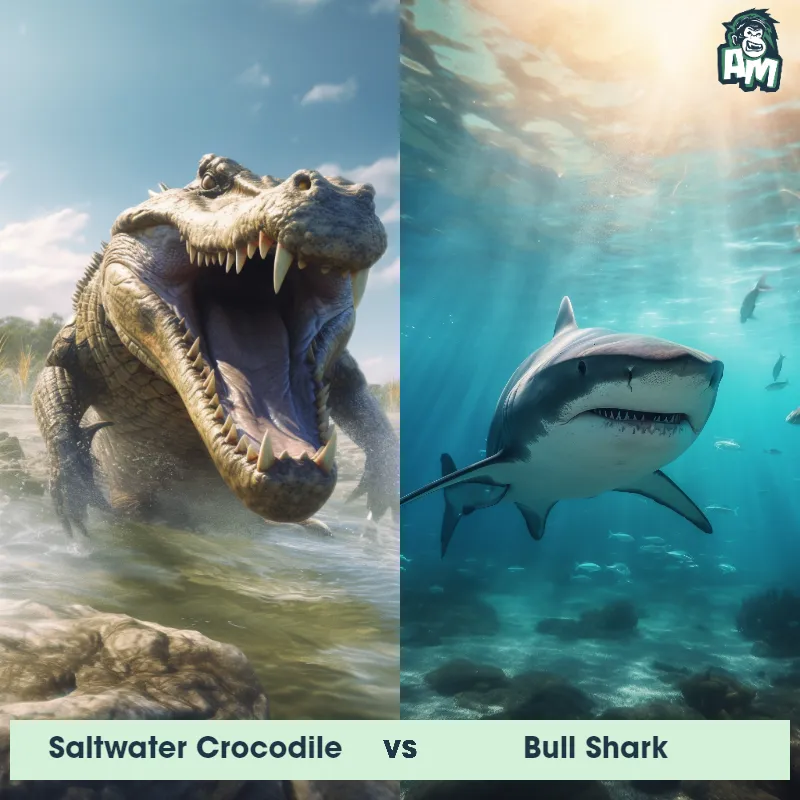Carnotaurus vs DeinosuchusSee Who Wins

In the corner with formidable speed and power is the two-legged predator known for its horned face, the Carnotaurus. Facing it with sheer size and deadly agility in water, the colossal crocodilian, the Deinosuchus. This clash of prehistoric titans promises to be an unforgettable battle.
Contender 1: Carnotaurus
The Carnotaurus, also known as the "meat-eating bull," is a large theropod dinosaur known for its distinctive horns above its eyes, giving it a menacing appearance. With a short, deep skull and strong neck muscles, Carnotaurus was a powerful predator with well-developed arms and two-fingered hands. It had a unique shrunk-wrapped skin, a trait that distinguishes it from other dinosaurs.
Fun Fact: Carnotaurus had an unusually small skull compared to its body size, which was adapted for powerful jaw muscles that allowed it to deliver quick and forceful bites.
Contender 2: Deinosuchus
The Deinosuchus, also known as the "terror crocodile," was a massive prehistoric crocodilian that roamed North America around 75 million years ago during the Late Cretaceous period. This apex predator could grow up to 35 feet in length, with a powerful jaw filled with sharp teeth designed to crush the bones of its prey. Despite its size, it had a relatively slim build compared to modern crocodiles.
Fun Fact: The Deinosuchus had one of the strongest bite forces of any animal that ever lived, estimated to be around 23,000 pounds per square inch, making it capable of taking down even the largest dinosaurs of its time.
Matchup Stats
| Carnotaurus | Deinosuchus | |
|---|---|---|
| Size | About 25 feet long (7.6 meters) | Up to 35 feet (10.7 meters) |
| Weight | Around 1 ton (907 kilograms) | Up to 8,500 pounds (3,855 kilograms) |
| Speed | 30mph (48km/h) - 35mph (56km/h) | 20-25 mph (32-40 km/h) |
| Key Strength | Powerful bite force | Powerful bite force |
| Biggest Weakness | Short arms | Relatively slim build |
Current Votes
Carnotaurus vs Deinosuchus
See Who Wins
View More Matches
Looking For More?
Similar Matches
Scientific Stats
| Carnotaurus | Deinosuchus | |
|---|---|---|
| Scientific Name | Carnotaurus sastrei | Deinosuchus |
| Family | Abelisauridae | Crocodylidae |
| Habitat | Land | Freshwater environments |
| Geography | South America | North America |
| Diet | Carnivorous | Marine mollusks, sea turtles, large dinosaurs |
| Lifespan | 20 years - 25 years | 35 years - 50 years |
Key Differences between Carnotaurus and Deinosuchus
- Head and Skull: Carnotaurus had a short, deep skull with distinctive small horns above its eyes, while Deinosuchus had a broad, flattened skull typical of crocodyliforms, with no horns.
- Size: Carnotaurus was around 25-30 feet in length, while Deinosuchus reached lengths of up to 39-40 feet.
- Tail: Carnotaurus had a long, muscular tail aiding in balance and agility, unlike Deinosuchus' tail, which was powerful and laterally flattened for swift aquatic propulsion.
- Limbs: Carnotaurus possessed unusually small, vestigial arms with four fingers, contrasting with Deinosuchus' strong, muscular limbs adapted for swimming with webbed feet.
- Skin: Carnotaurus was covered in a mosaic of polygonal, bumpy scales, distinct from Deinosuchus, which had thick, osteoderm-covered skin forming an armoured back.
- Body Structure: Carnotaurus had a bipedal stance with a unique S-shaped neck and slender body, whereas Deinosuchus had a quadrupedal, robust, and elongated body typical of crocodilians.



